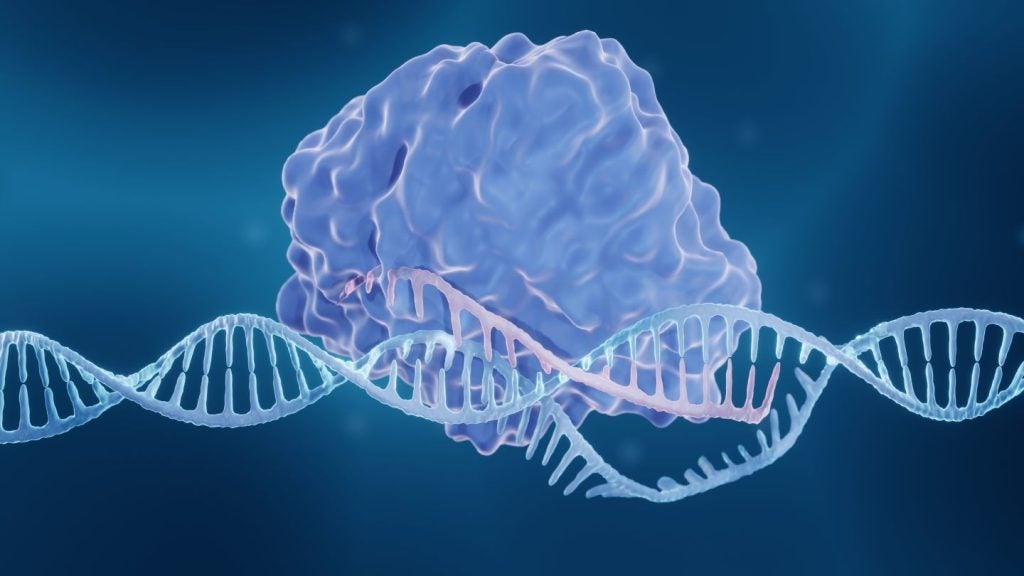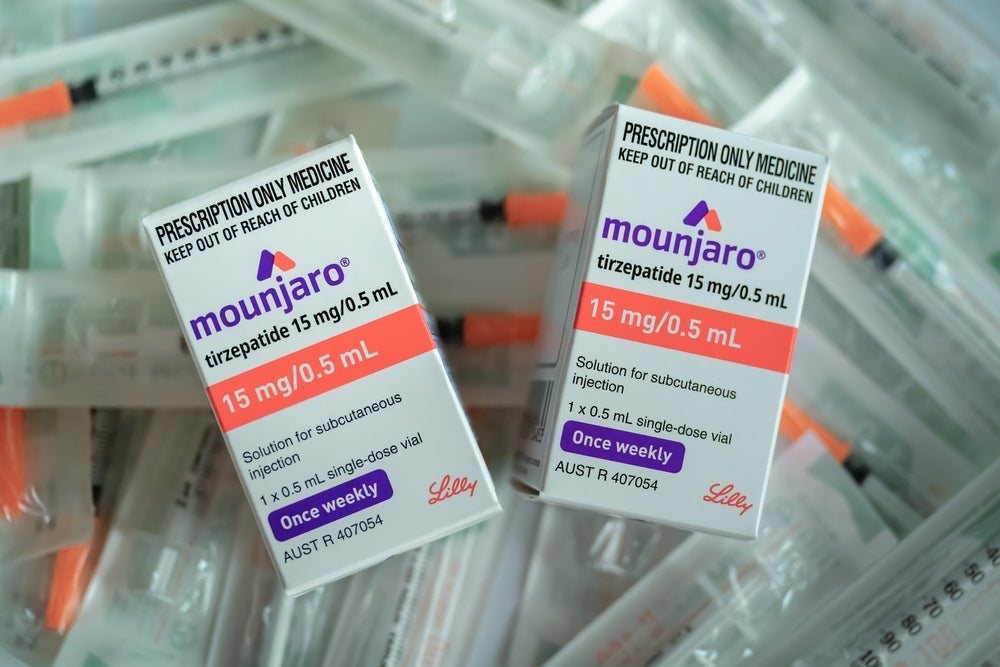As of 15 February, the woman referred to as the New York patient, who received a haplo-cord treatment four years ago, is now off human immunodeficiency virus (HIV) medication and remains asymptomatic and healthy. The transplant, originally intended for cancer treatment, was found to be effective in removing the virus from the host and is now being reviewed as a potential cure for the disease.
The method works by giving the cancer patient a transplant of umbilical cord blood, which contains HIV-resistant stem cells that mimic a strong nascent immune system. Following a 24-hour period, the patient then receives a large graft of adult bone marrow stem cells. The latter cells divide rapidly, which provide a large reserve of stem cells that can compensate for the paucity of blood cord cells. As a result, the adult stem cells, with time, are completely replaced by the HIV-resistant cord blood cells.
HIV has historically been difficult to manage, with antiretrovirals being the conventional therapy. Despite this, antiretrovirals only work on replicating cells, meaning HIV can stay under the radar for several years within its host before causing harmful effects. It does this by splicing its genetic code into long-lived immune cells that are about to enter a resting phase. The transplant method prevents this by engrafting HIV-resistant stem cells that are able to stop new viral copies from emerging from remaining infected cells following chemotherapy.
Traditional stem-cell therapy from solely adult bone marrow has previously been used for HIV treatment in the past and has been found to cure three patients: Timothy Ray Brown, Adam Castillejo and an unnamed patient in Germany. Despite this, each of these patients endured difficulties, and the procedure itself has caused more failure than success in a longer list of HIV patients. One complication all three men underwent was graft-versus-host disease, a devastating inflammatory reaction induced by the donor cells as they interact with the host cells. In addition, HIV patients would need to ensure that the donor has a close enough human leukocyte antigen match to maximise the likelihood of stem cells engrafting properly, as well as confirm the donor has the rare-genetic abnormality to make the cells HIV-resistant.
With a haplo-cord transplant, many of these difficulties could be addressed or solved. The need for a human leukocyte antigen match is reduced due to the combination of two transplants. In addition, screening of the rare genetic abnormality is far easier with cord blood banks in comparison to bone marrow registries. The risk of graft-versus-host disease is also significantly reduced, adding to the list of benefits when using this method. Despite this, it is unclear whether this transplant method will actually cure HIV. This method has only been tested in two individuals, the first of whom died of cancer before a long-term assessment could be made. The New York patient is currently showing positive effects of the transplant, but Dr Yvonne J Bryson, a paediatric infectious disease specialist, has said that more time will be needed to assess whether this is a cure as opposed to longer-term remission.
See Also:
How well do you really know your competitors?
Access the most comprehensive Company Profiles on the market, powered by GlobalData. Save hours of research. Gain competitive edge.

Thank you!
Your download email will arrive shortly
Not ready to buy yet? Download a free sample
We are confident about the unique quality of our Company Profiles. However, we want you to make the most beneficial decision for your business, so we offer a free sample that you can download by submitting the below form
By GlobalData







